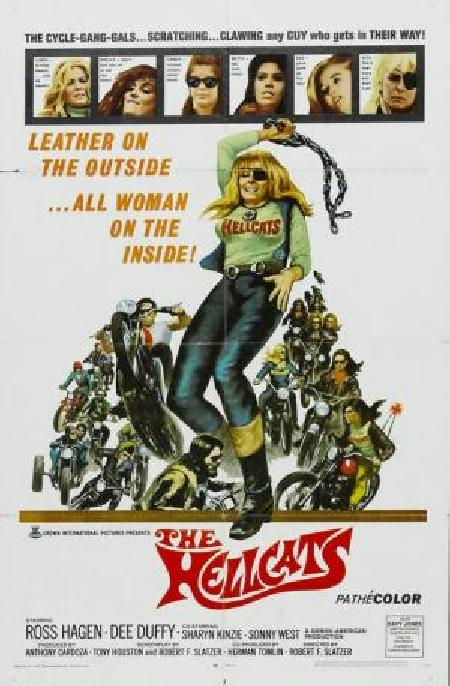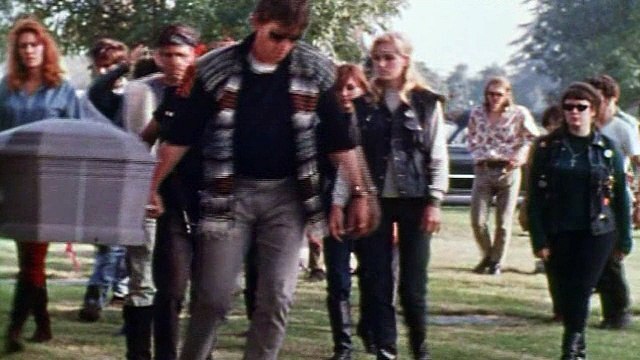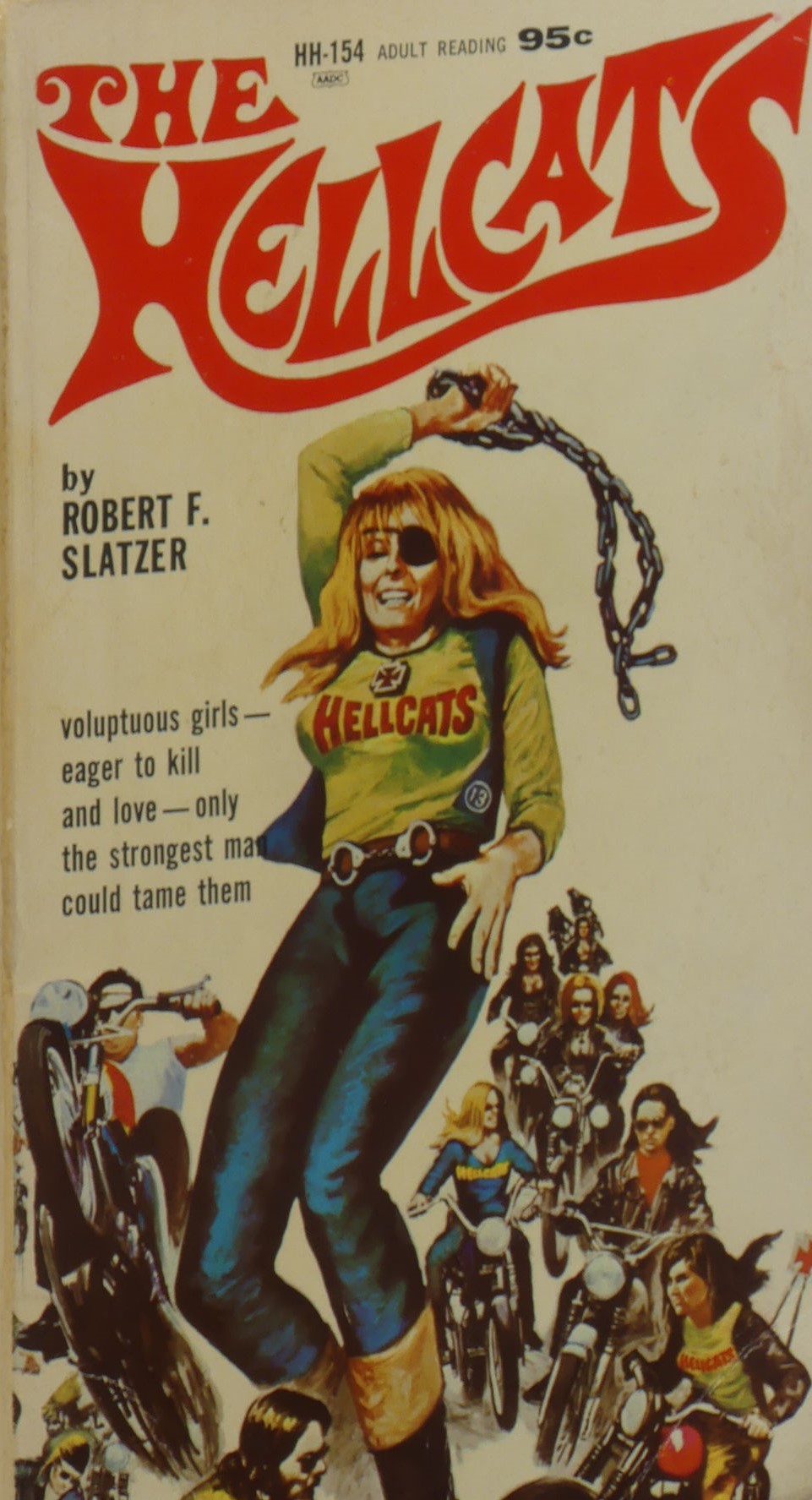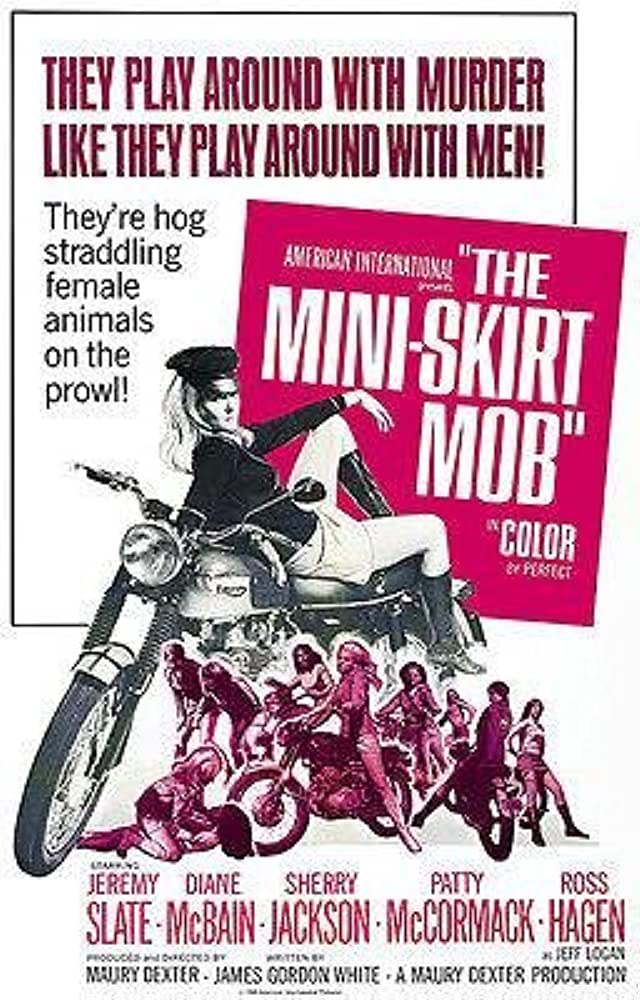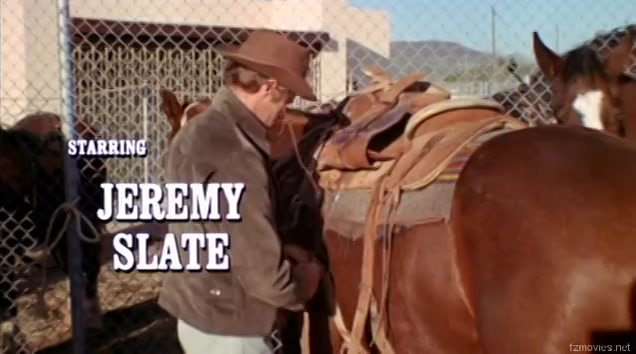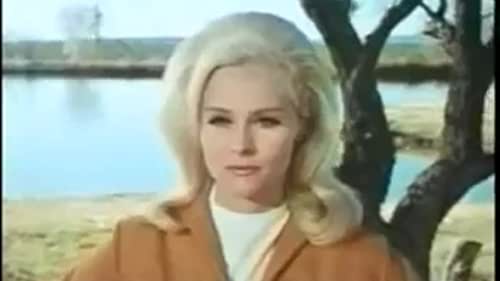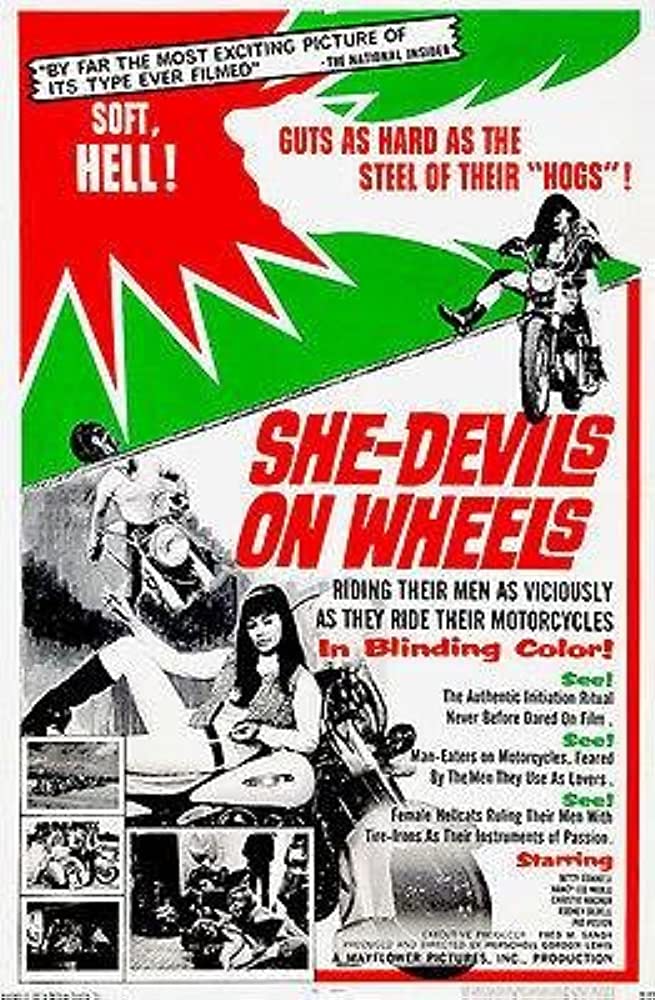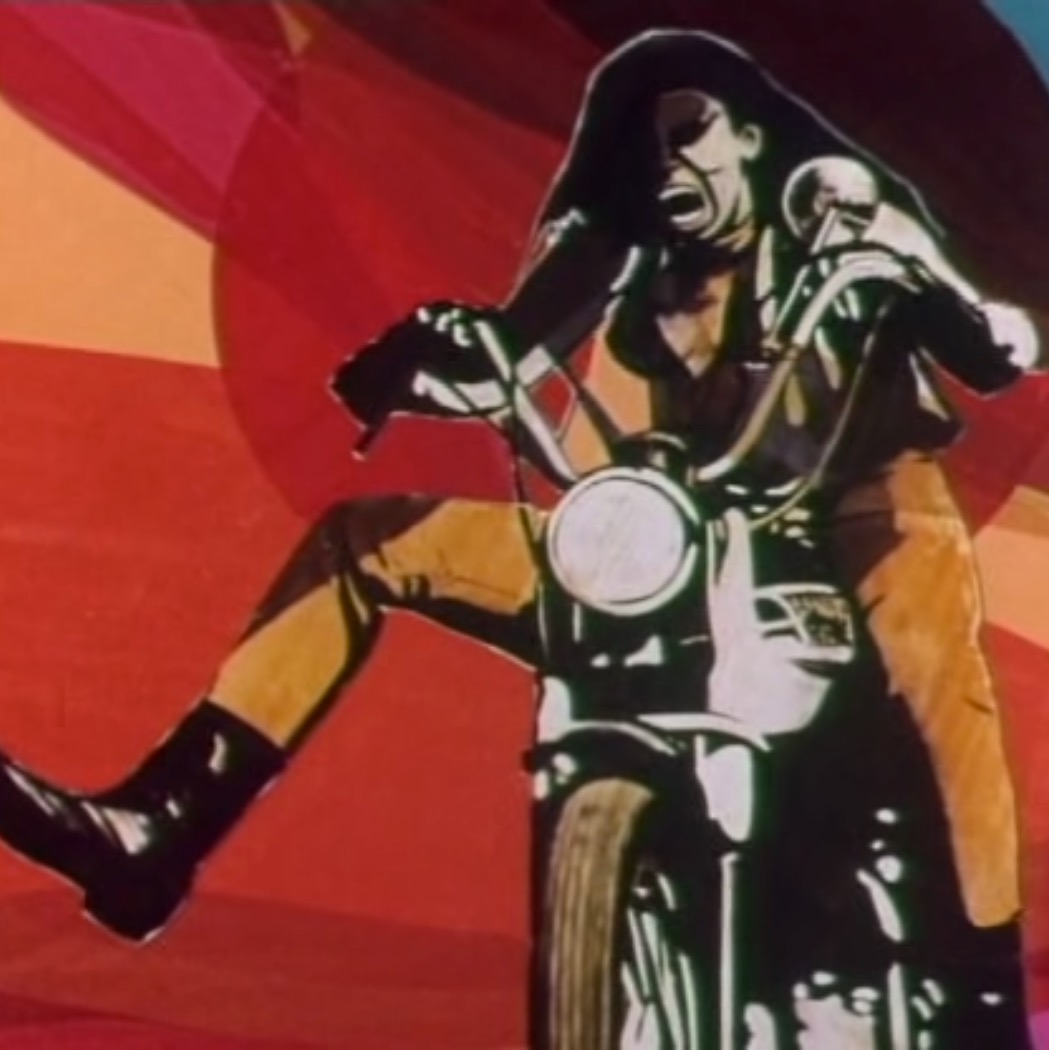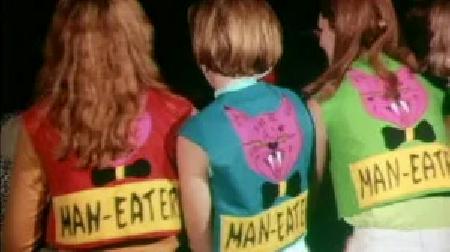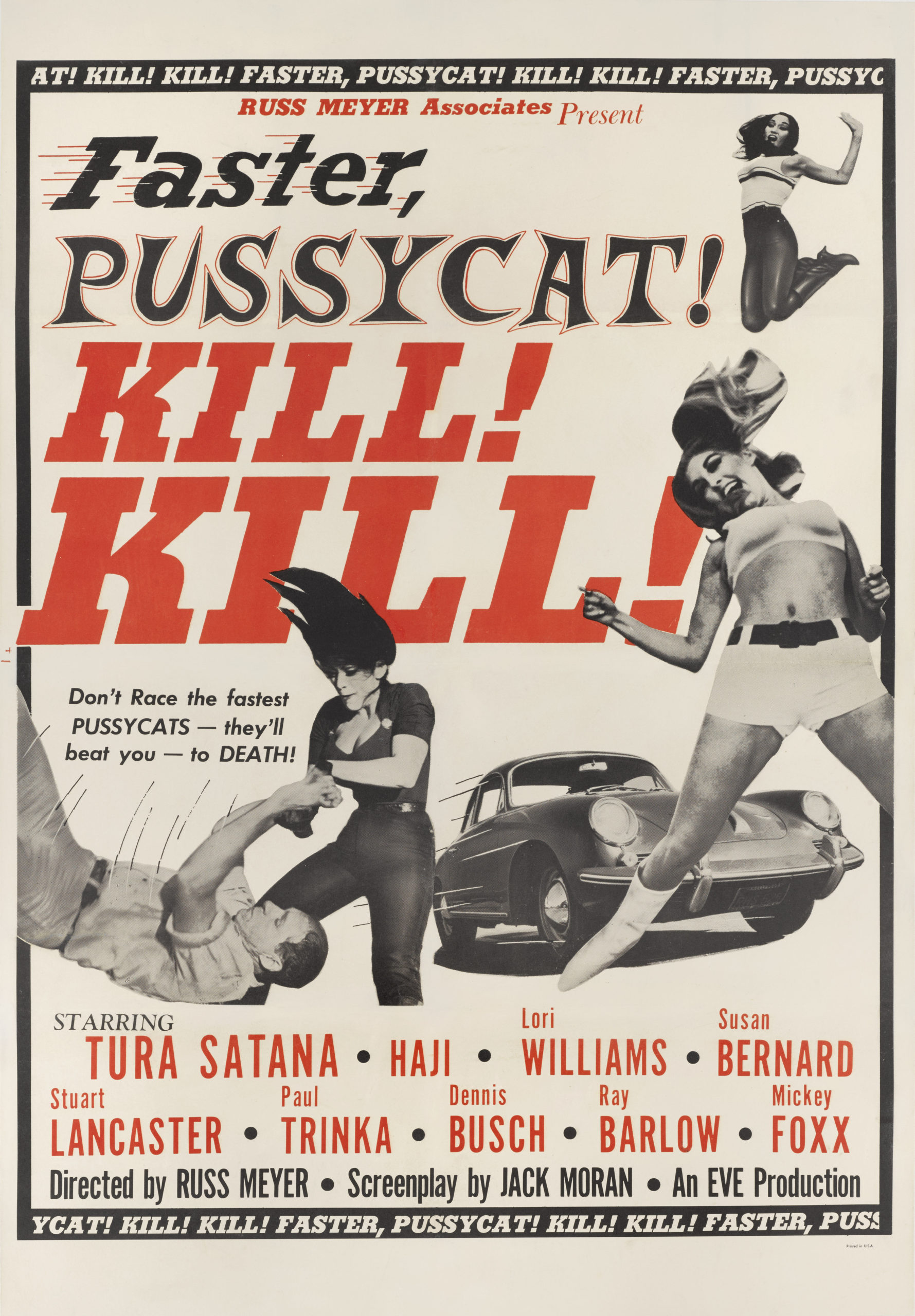
by Victoria Silverwolf
Notes From Underground
The English have a great hunger for desolate places.
— Alec Guinness as Prince Faisal in Lawrence of Arabia
And I have a great hunger for the desolation of cinematic wastelands.
Need evidence? Consider my interest in things like Teenagers From Outer Space, The Incredibly Strange Creatures Who Stopped Living and Became Mixed-Up Zombies, Frankenstein Meets the Space Monster, and Women of the Prehistoric Planet.
I rest my case, although I could name many more.
I recently dived deep down into the abyss of Z-grade filmmaking with a pair of inept science fiction films. Grab your flashlight and come spelunking with me into the bottomless cavern of movie malfeasance.
Dig We Must
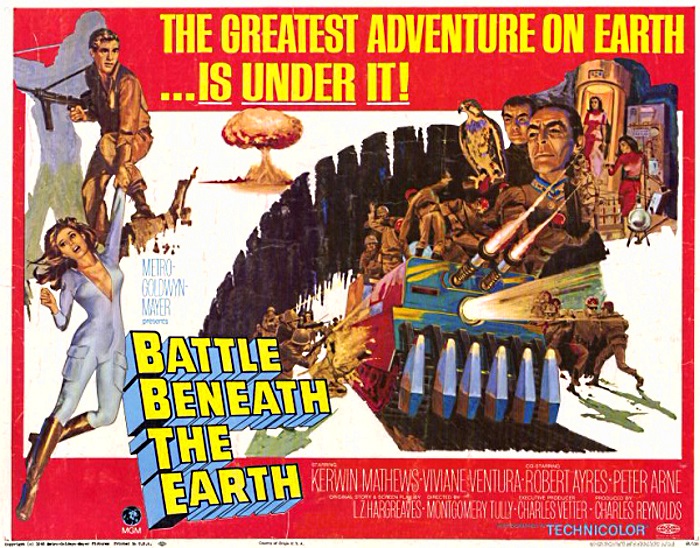
And it can stay there!
Battle Beneath the Earth
This subterranean smorgasbord of silliness begins with stock footage of the casinos in Las Vegas. Two cops drive by and get a call to investigate a listening disturbance [sic]. That's a situation I don't recall ever appearing on Dragnet.
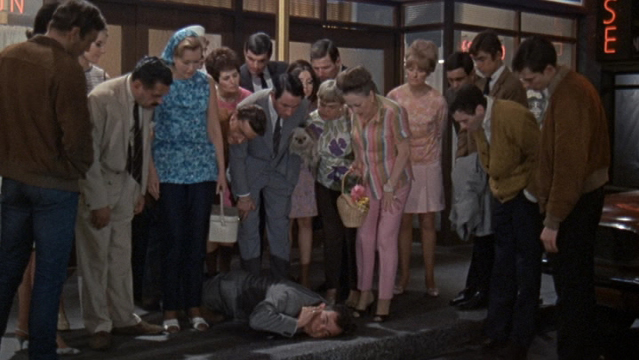
"Be sure not to help this guy, everybody! Just stand around and stare at him!"
In what is very clearly a set, and not Las Vegas, we see a fellow with his ear to the ground. He's raving about something that sounds like ants underground. Understandably, the cops drag him away as a kook, and he winds up in a mental hospital.
(By the way, the sanitarium has slot machines, for use by compulsive gamblers. At this point, I had to wonder if the film was a deliberate spoof. Unfortunately, I don't think so.)
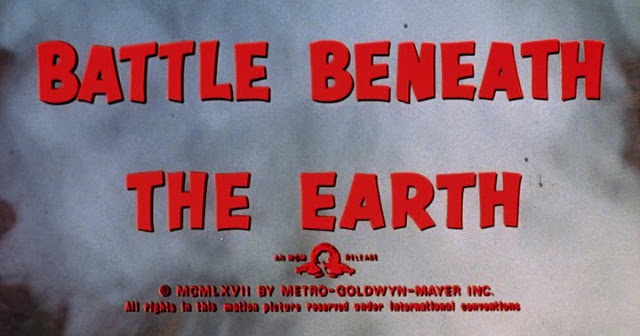
Then they tell you what movie you're watching, in case you wandered into the theater by accident.
Our hero is a naval officer, recently assigned to lab duty on land after an experimental underwater habitat was destroyed in an earthquake. (Hint: It wasn't a natural disaster.) The sister of the listening guy happens to be his assistant. She tells him that her brother keeps asking to talk to him.
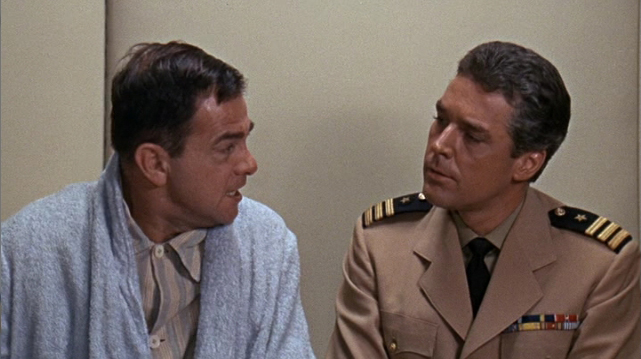
Peter Arne, as Arnold Kramer, in bathrobe, and Kerwin Mathews, as Commander Jonathan Shaw, in uniform. "Before I listen to your crazy story, allow me to remind you that I was the star of The 7th Voyage of Sinbad, which was a much better film."
It turns out that the guy isn't a paranoid nut, but a seismologist who has figured out that (wait for it) a Chinese general and his minions have dug their way under the Pacific Ocean and most of the way across the United States. The plan is to fill the tunnels with atomic bombs and, I don't know, rule the world, I guess. (We find out he's planted similar bombs under Peking, so he's working on his own, like any proper megalomaniac.)
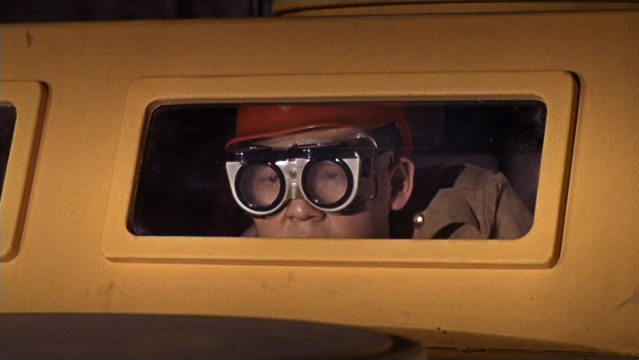
A minion inside a Chinese digging machine. "Peek-a-boo!"
After a few skirmishes underground (excuse me, I mean a battle beneath the Earth), the good guys figure out that the general's supplies are coming from some place in the middle of the Pacific. They use their own digging machine to raid the place.
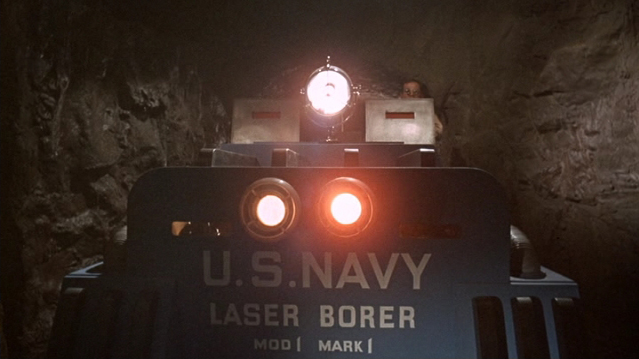
Carefully labeled, in case some swabby thinks it's a tank or something.
Along for the fun is our Good Girl, a Hawaiian geologist. She doesn't do much, really, except look pretty and fall into the arms of our hero.

"Gee, Miss Yung, you're beautiful without your glasses!" The character has a Chinese last name, but is played by Viviane Ventura, a British/Colombian actress. A small hint of casting problems to come.
The raid is a fiasco, with a bunch of Marines getting killed. Our hero gets captured by the bad guys.
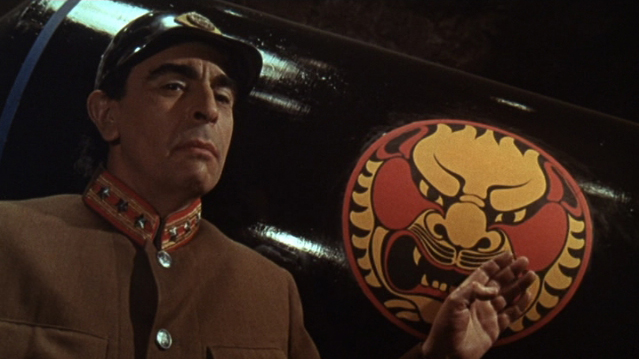
Martin Benson as General Chan Lu. "Before I explain my sinister plan, in the proper manner of any James Bond villain, allow me to remind you that I had a small role in Goldfinger, which was a much better film."
At this point, our movie's Bad Girl enters. She hypnotizes our hero, using what is very obviously one of those little battery-operated handheld fans you use to cool yourself off on a hot day. She recites this bit of doggerel over and over, in order to wash the hero's brain thoroughly.
Red is green
Green is red
The East is sunrise
The West is dead
I don't think Robert Frost has any competition to worry about.
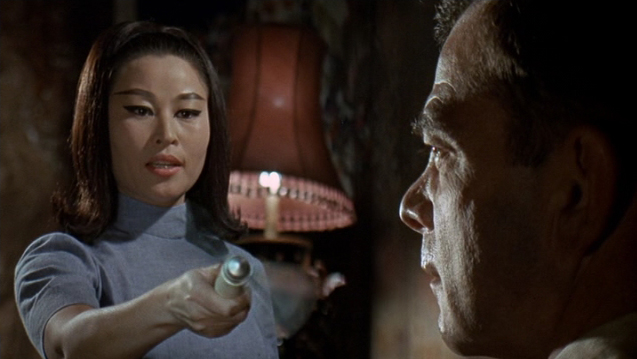
"I will control your mind through the power of a refreshing breeze!"
I should note that this character (Dr. Arnn) is played by Paula Li Shiu, a Chinese actress. All the other Chinese characters (except a few minor nonspeaking roles) are played by Occidentals. This kind of casting is embarrassing, but if Christopher Lee can play Fu Manchu, I guess anything goes.
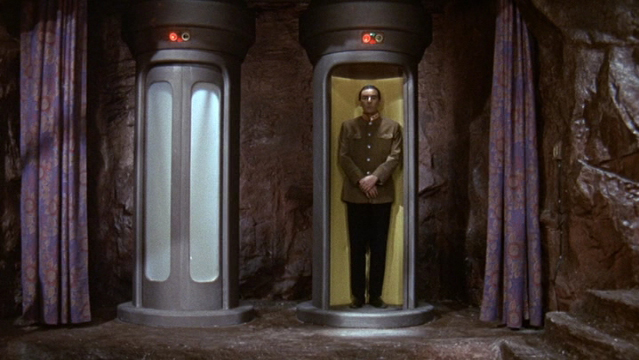
The general in the tube gizmo he uses to descend to the underground tunnels. "The next wise guy who says 'Beam me up, Scotty' is going to get it!"
The bad guy has all kinds of supposedly Chinese stuff decorating his underground headquarters, just in case you forget what nationality he's supposed to be. He also has a pet hawk, just to show you how evil he is.

"The next wise guy who says 'This movie is for the birds' is going to get it!"
Will the good guys win? Oh, come on, you know the answer to that already.

Nothing like an atomic bomb for a happy ending.
Quality of film: Two stars.
Level of derisive amusement: Four stars.
All the Way Down to the Bottom

What happened to the word "The" and the hyphen between "Astro" and "Zombies"?
The Astro-Zombies
This cheapskate epic begins with a woman driving down the road. Get used to this kind of thing, because we'll have plenty of scenes that go on and on where people do ordinary things. Eventually, she winds up in her garage, where she's killed by a guy in a skull mask.
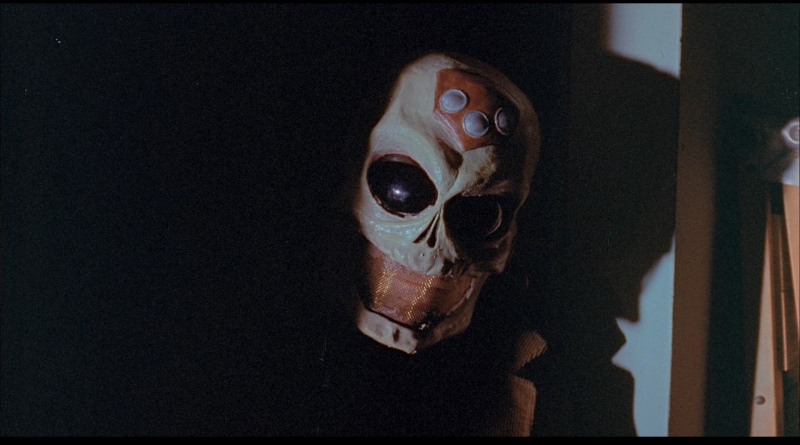
This, ladies and gentlemen, is an astro-zombie.
We then get our opening titles, oddly filmed over scenes of toy robots.

Nothing says quality like dime store special effects.
Cut to some science types and some government types talking in an office. Long and confusing story short, it seems there was a project to transmit thoughts from folks on Earth to brains in artificial bodies in spacecraft.
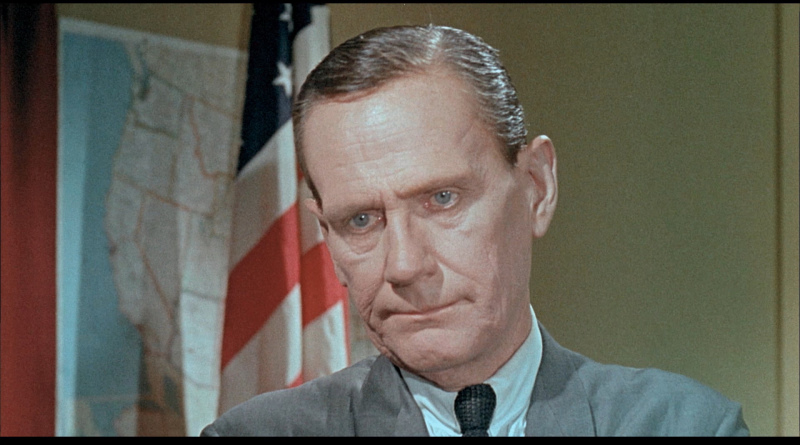
Government guy, played by Wendell Corey, looks concerned. He had a similar role in Agent For H.A.R.M.
It seems that one of the scientists working on the project got kicked out, and is now on his own. He's played by John Carradine, of course.
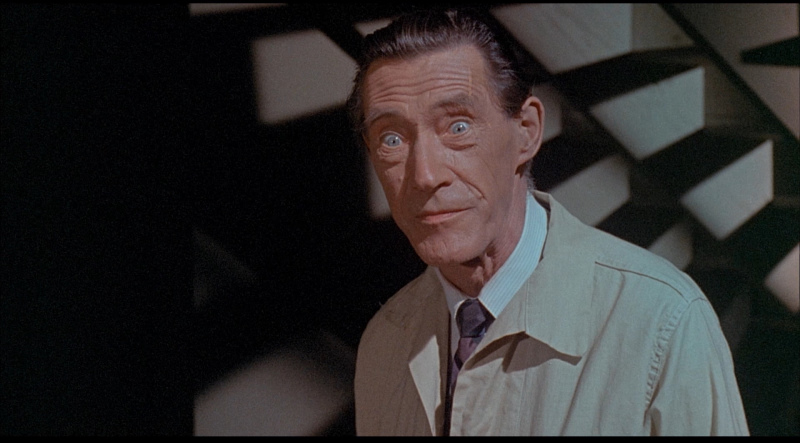
"You want me to play another Mad Scientist? How much does it pay?"
Naturally, Carradine has a hunchback for an assistant. Believe it or not, his name is Franchot.
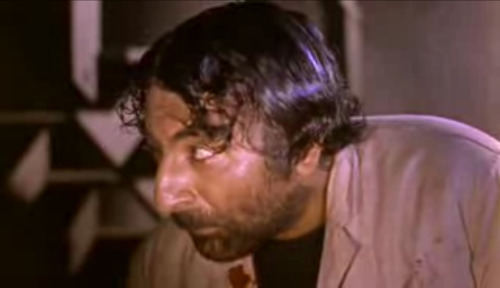
"My parents could have named me 'Fritz' or 'Ygor,' but no . . ."
Franchot grabs a dead guy out of a car wreck and drags him back to the lab. If I've managed to follow the plot correctly, he wants to put a brain into his body and create another astro-zombie. Apparently, the previous one had a murder's brain and went on a killing rampage.

There's also a woman in a bikini strapped down on a table in the lab. She has nothing to do with the plot.
Meanwhile, foreign spies are after Carradine's secret. A lot of the running time is spent with the good guy spies and the bad guy spies fighting each other. The leader of the bad guys is played by the amazing Tura Satana, so memorable in Faster, Pussycat! Kill! Kill!

Tura and one of her minions.
I have to say something about Tura's appearance here. She wears tons of makeup, including gigantic false eyelashes. Her fingernails look like daggers. There's a special credit for her costume designer, who really did an interesting job.
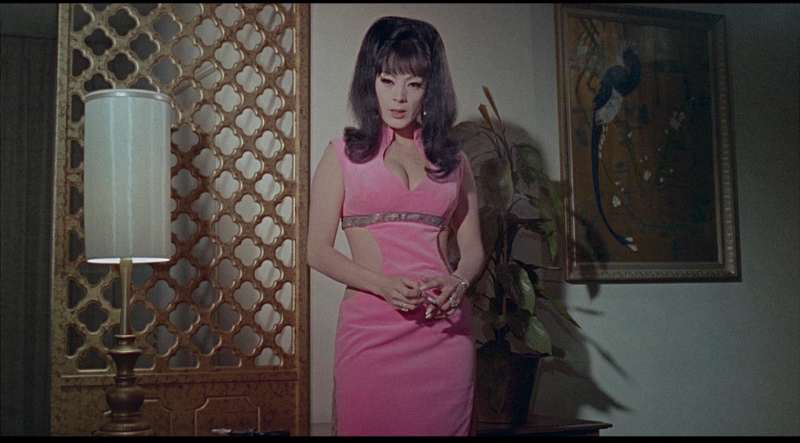
Tura in pink. Is she auditioning for Star Trek?
No opportunity is lost to put her remarkable body on display.
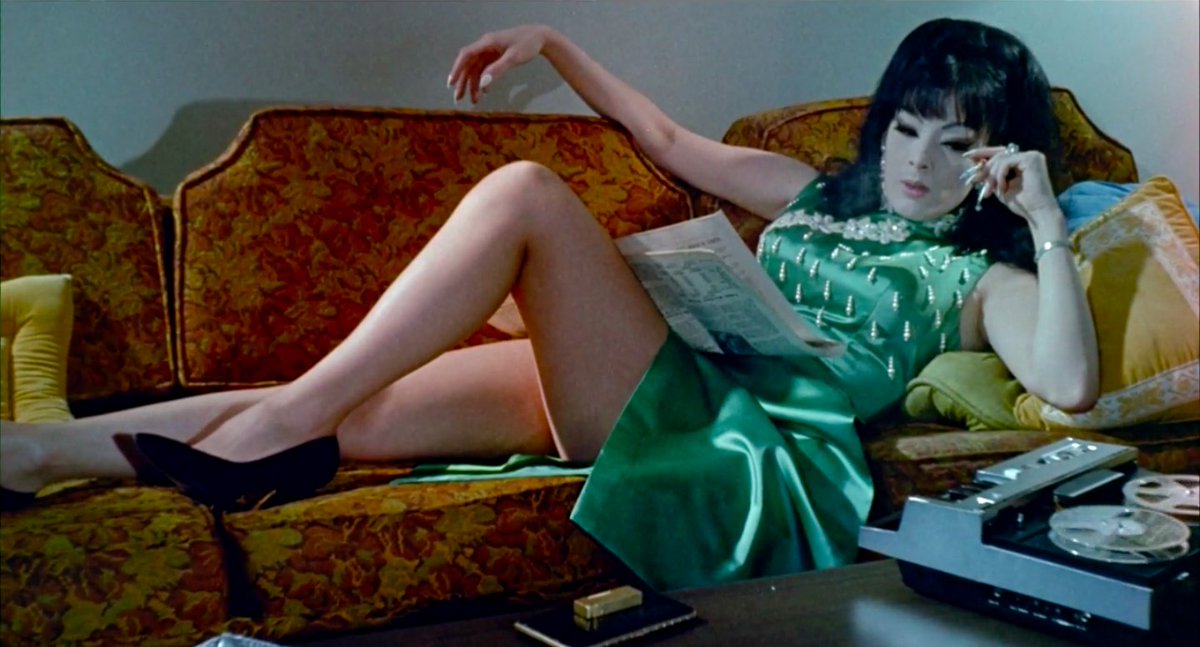
A little something for the leg men in the audience.
Anyway, let me get back to the plot. We've got a couple of heroes, of a sort, as well as a heroine/potential victim.

Here they are, in a time-killing scene at a nightclub in which they watch a topless dancer covered in body paint. Is it really cricket for a guy to take a woman out to see a stripper?
They come up with a plan to have the heroine act as bait for the astro-zombie who's slaughtering women left and right.
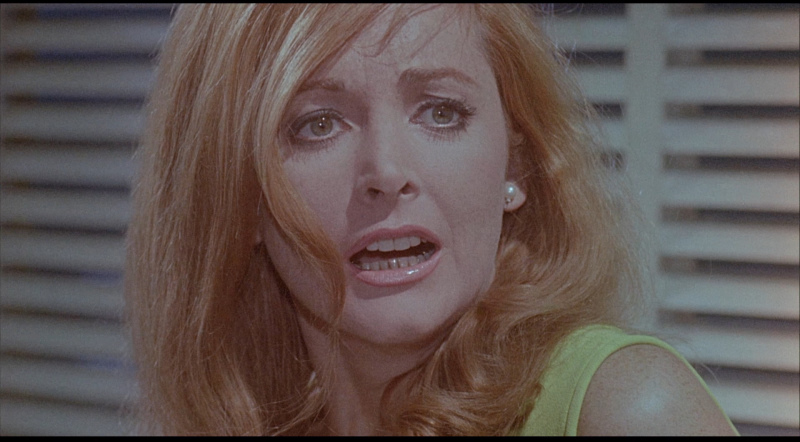
"Uh, guys? I don't think that's such a good idea. And which one of you is supposed to be my boyfriend, anyway?"
Stuff happens. The funniest scene is when the astro-zombie runs out of energy, and has to hold a flashlight to his head in order to charge his photoelectric cells.
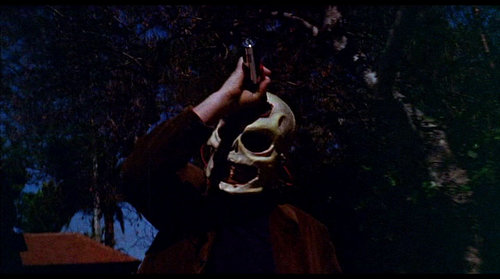
"Thanks, Eveready!"
Boy, this is a dreary little movie. Only the presence of Tura Satana makes it watchable.

One more cheesecake shot for the road.
Quality of film: One star.
Level of derisive amusement: Five stars.


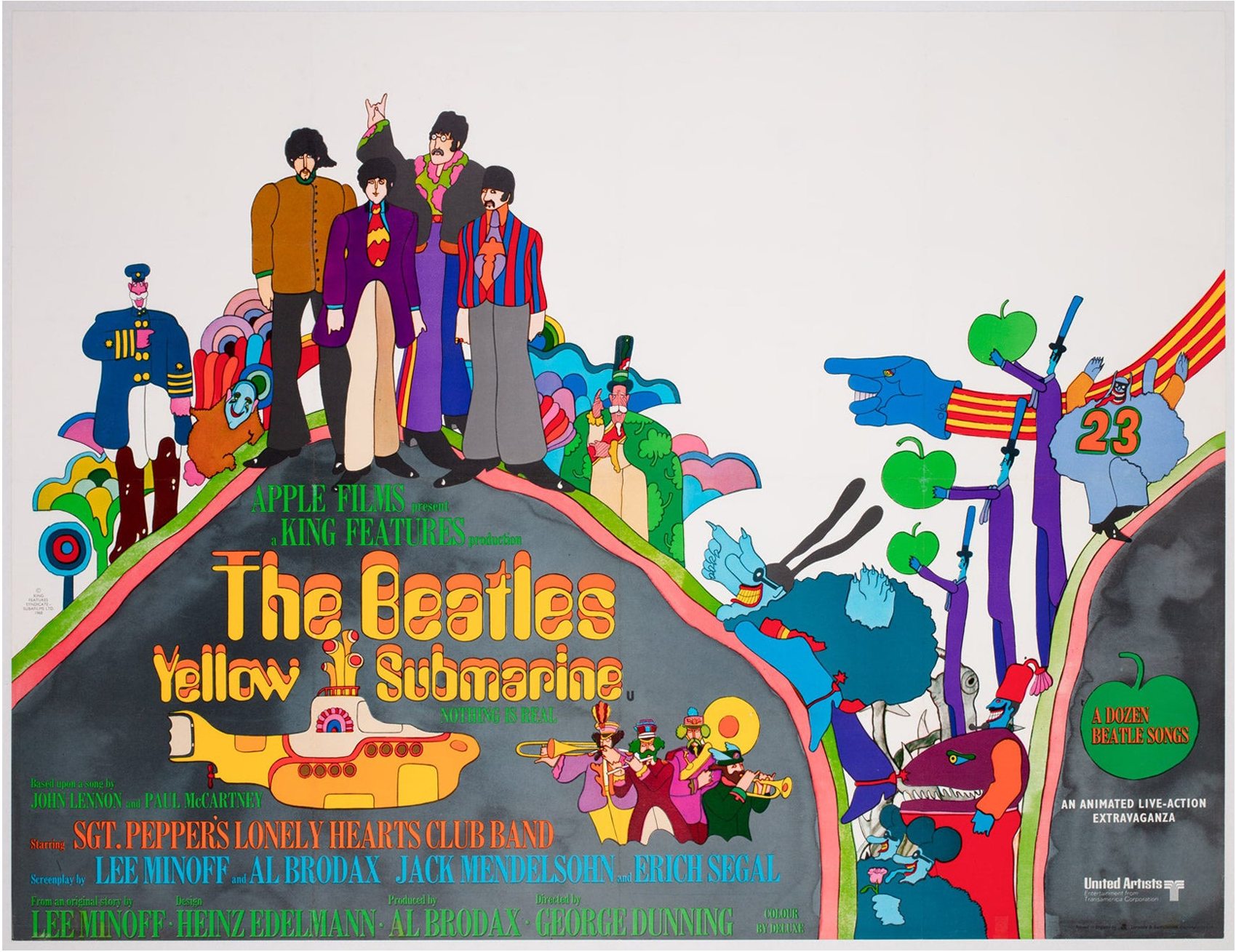

![[July 28, 1968] Once Upon A Time, Or Maybe Twice… (Yellow Submarine)](https://galacticjourney.org/wp-content/uploads/2023/07/680728poster-672x372.jpg)
![[July 26, 1968] A lost pair of hours… (<i>The Lost Continent</i>)](https://galacticjourney.org/wp-content/uploads/2023/07/680726poster-672x372.jpg)








![[July 24, 1968] Peter Cushing and the Women (<em>Frankenstein Created Woman</em> and <em>The Blood Beast Terror</em>)](https://galacticjourney.org/wp-content/uploads/2023/07/680724posters-601x372.jpg)


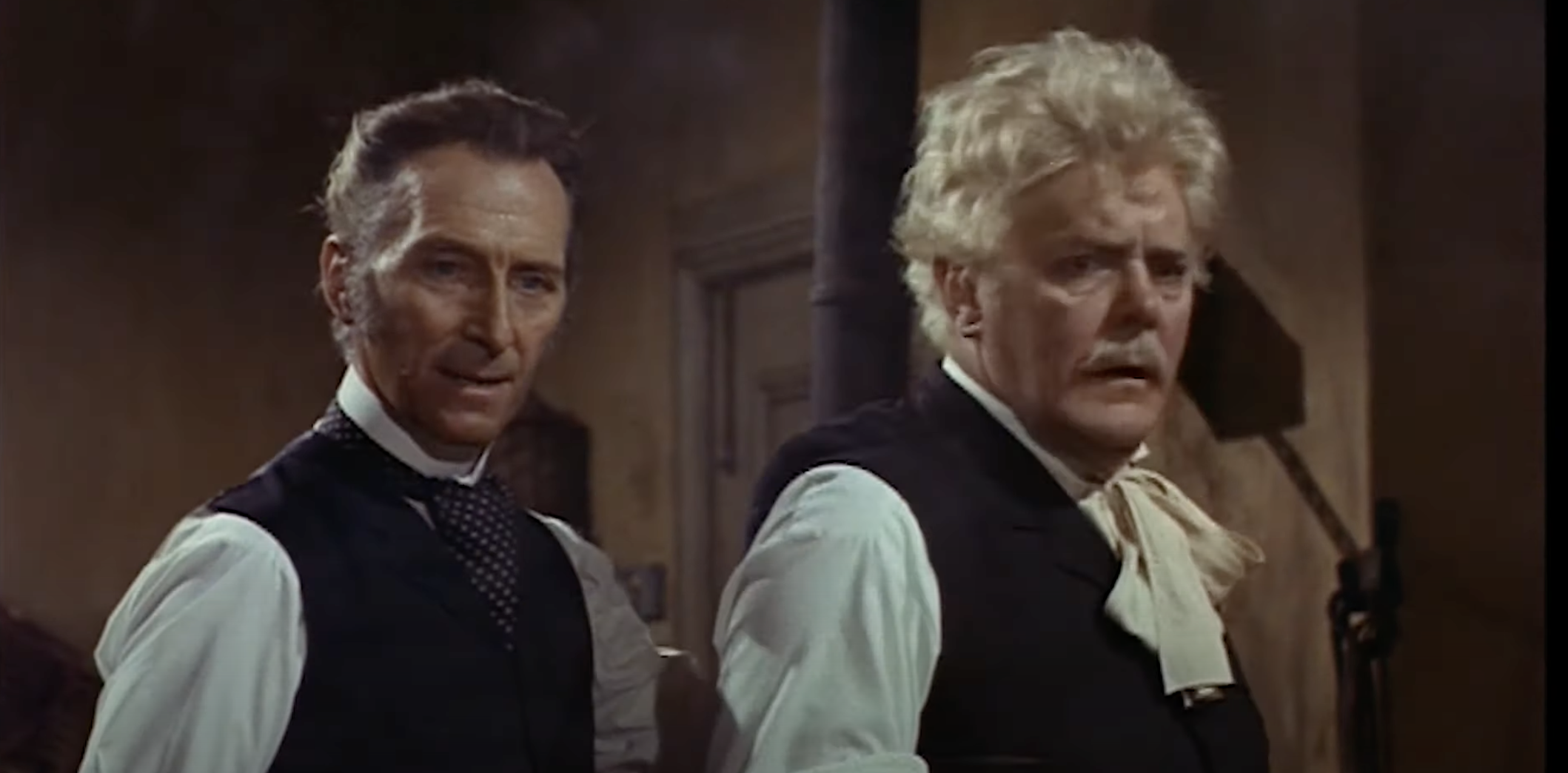

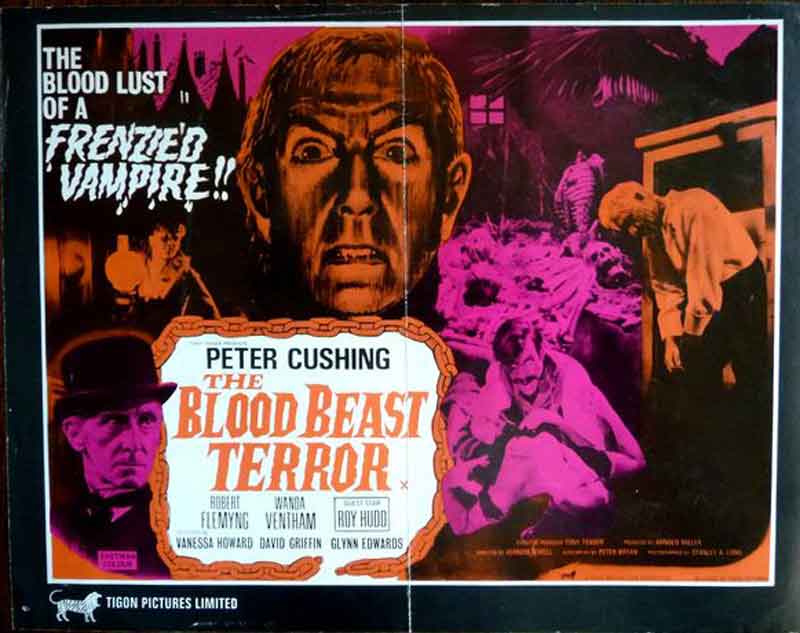
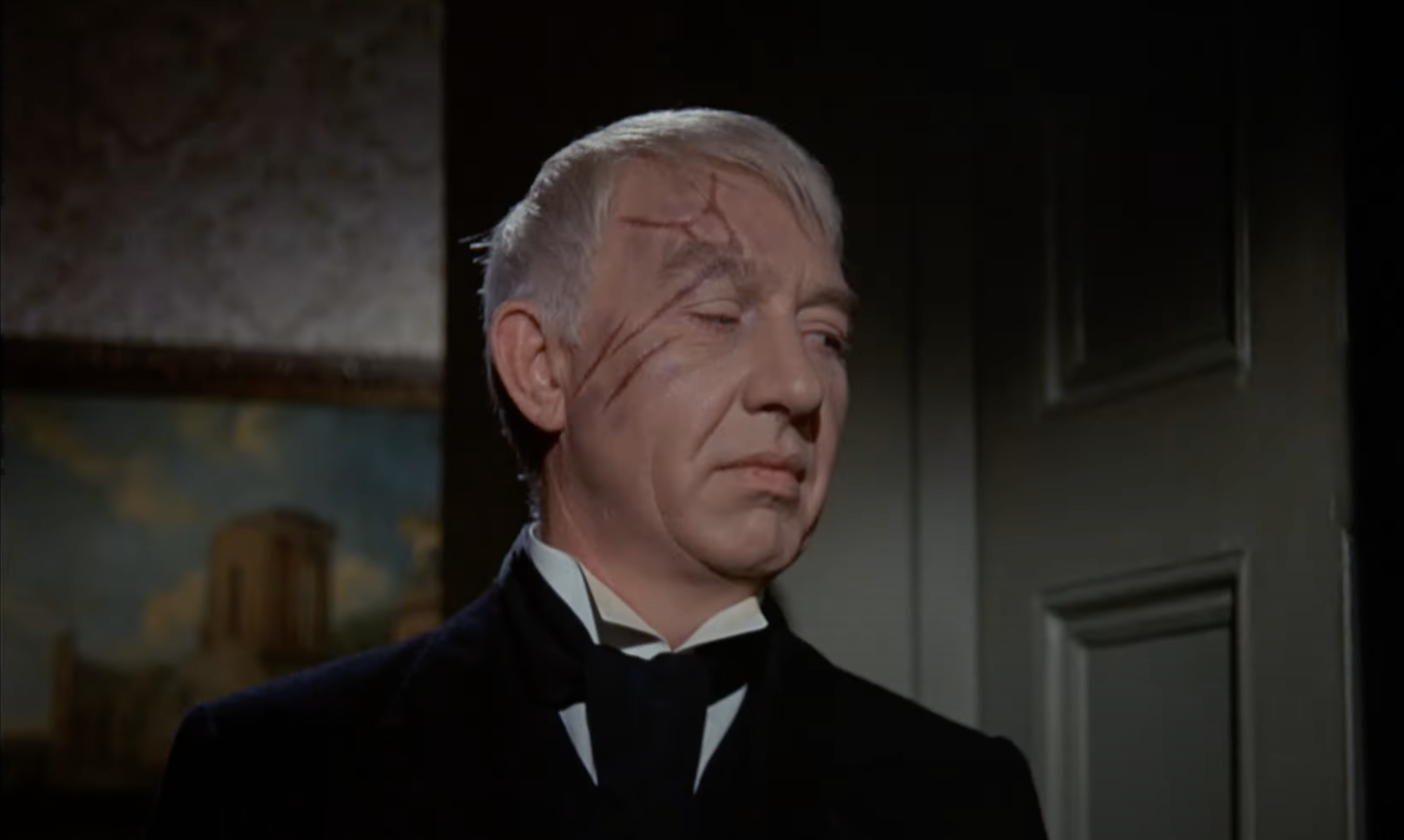
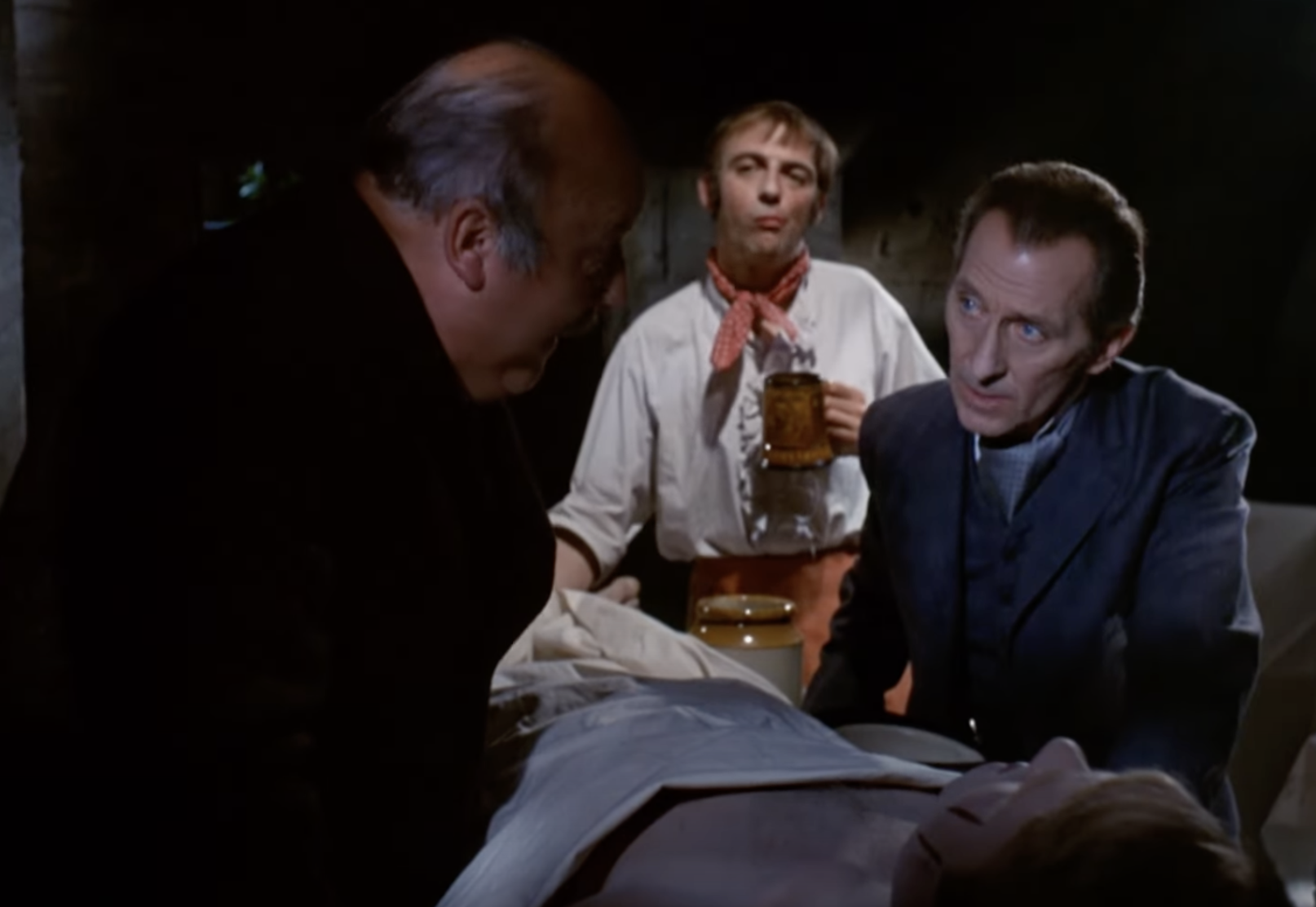
![[July 4, 1968] Youth Is Wasted On The Young (<i>Wild In The Streets</i>)](https://galacticjourney.org/wp-content/uploads/2023/06/TITLE-672x372.png)













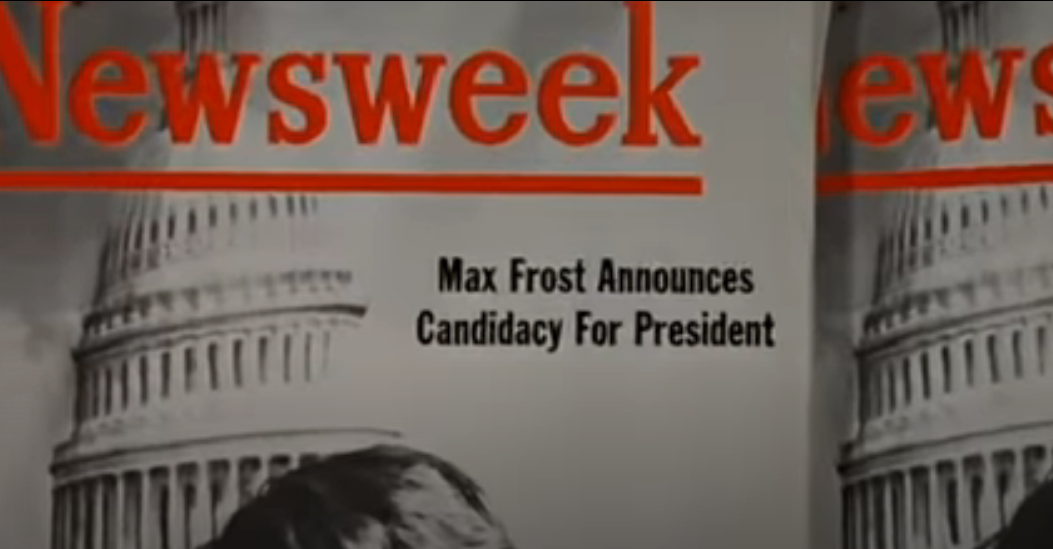








![[June 22, 1968] The Devil, you say (<i>Rosemary's Baby</i>)](https://galacticjourney.org/wp-content/uploads/2023/06/RosemarysBaby-672x372.jpg)








![[May 28, 1968] <i>Danger: Diabolik</i> is the Grooviest Spy Movie of the Year So Far](https://galacticjourney.org/wp-content/uploads/2023/05/s-l1600-1-672x372.jpg)






![[May 24, 1968] How Low Can You Go? (<i>Battle Beneath the Earth</i> and <i>The Astro-Zombies</i>)](https://galacticjourney.org/wp-content/uploads/2023/05/Untitled-2-1-672x372.jpg)


























![[May 22, 1968] Finding a New Way: <i>Witchfinder General</i>](https://galacticjourney.org/wp-content/uploads/2023/05/680522poster-672x372.jpg)
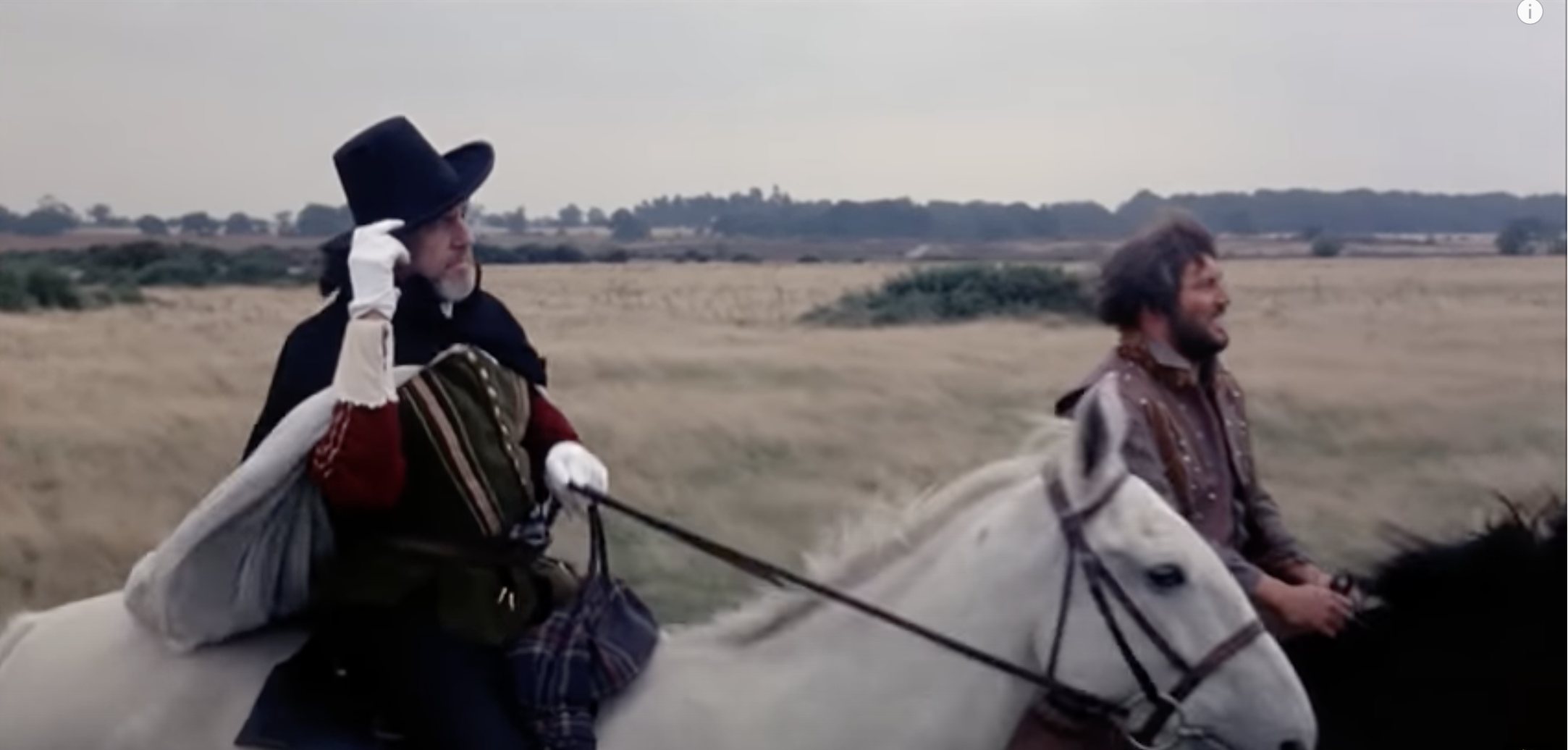




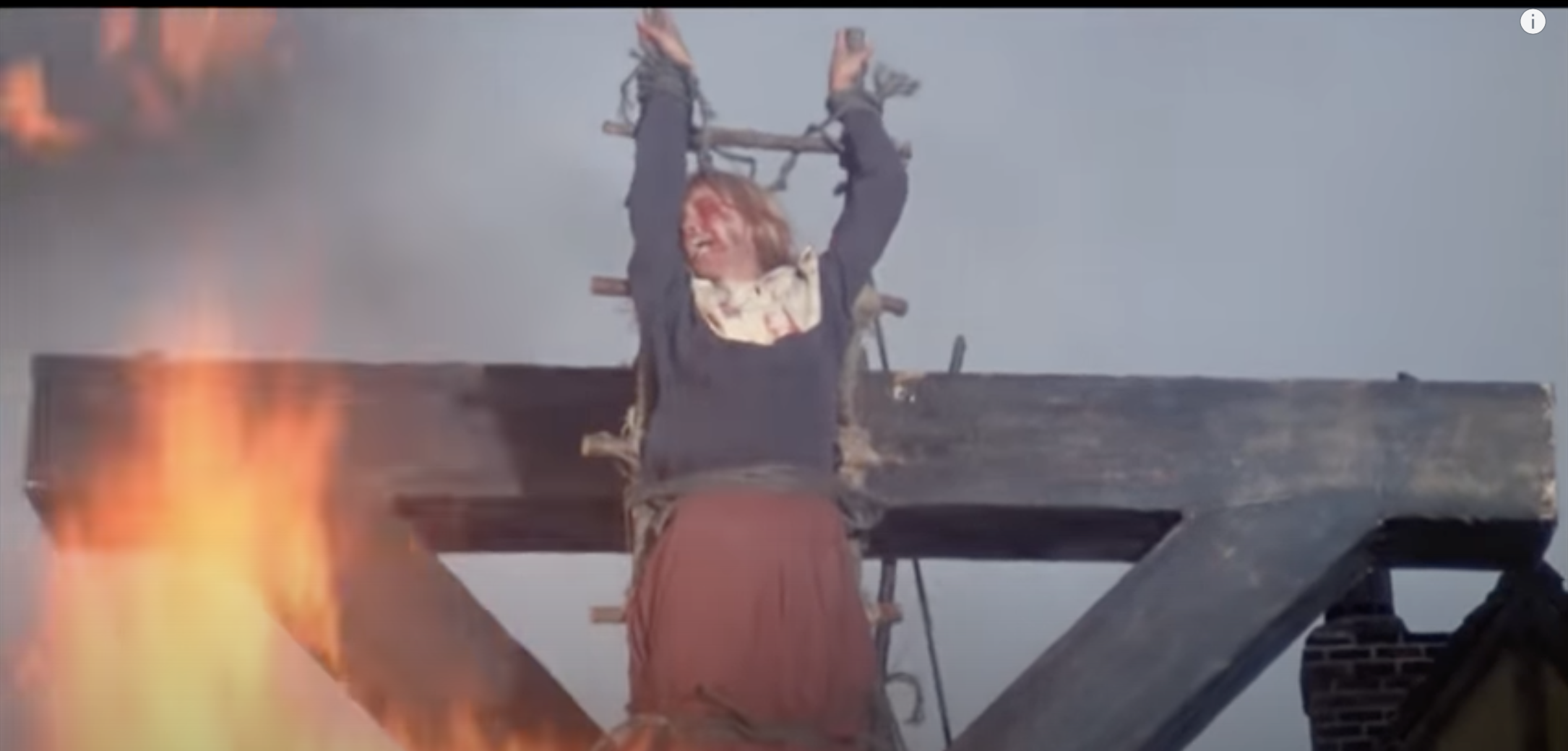
![[May 16, 1968] Counting down, and a blast from the Past (<i>Countdown</i> (1967) and <i>The Time Travelers</i> (1964))](https://galacticjourney.org/wp-content/uploads/2023/05/680516posters-672x360.jpg)

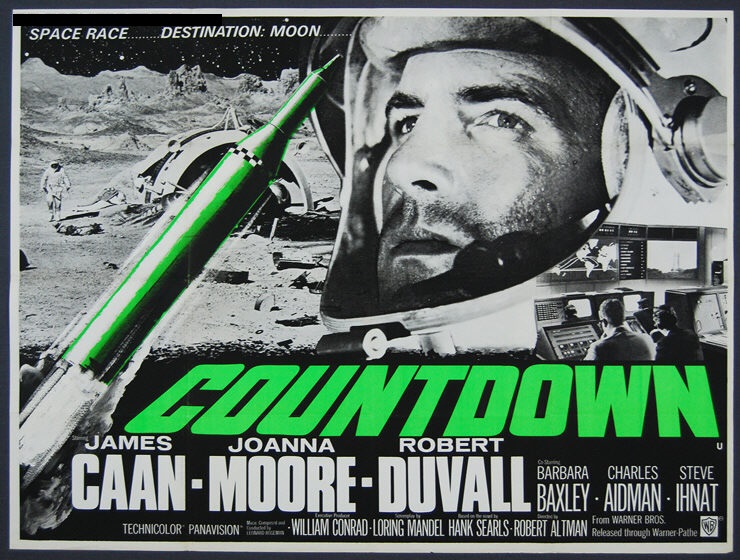
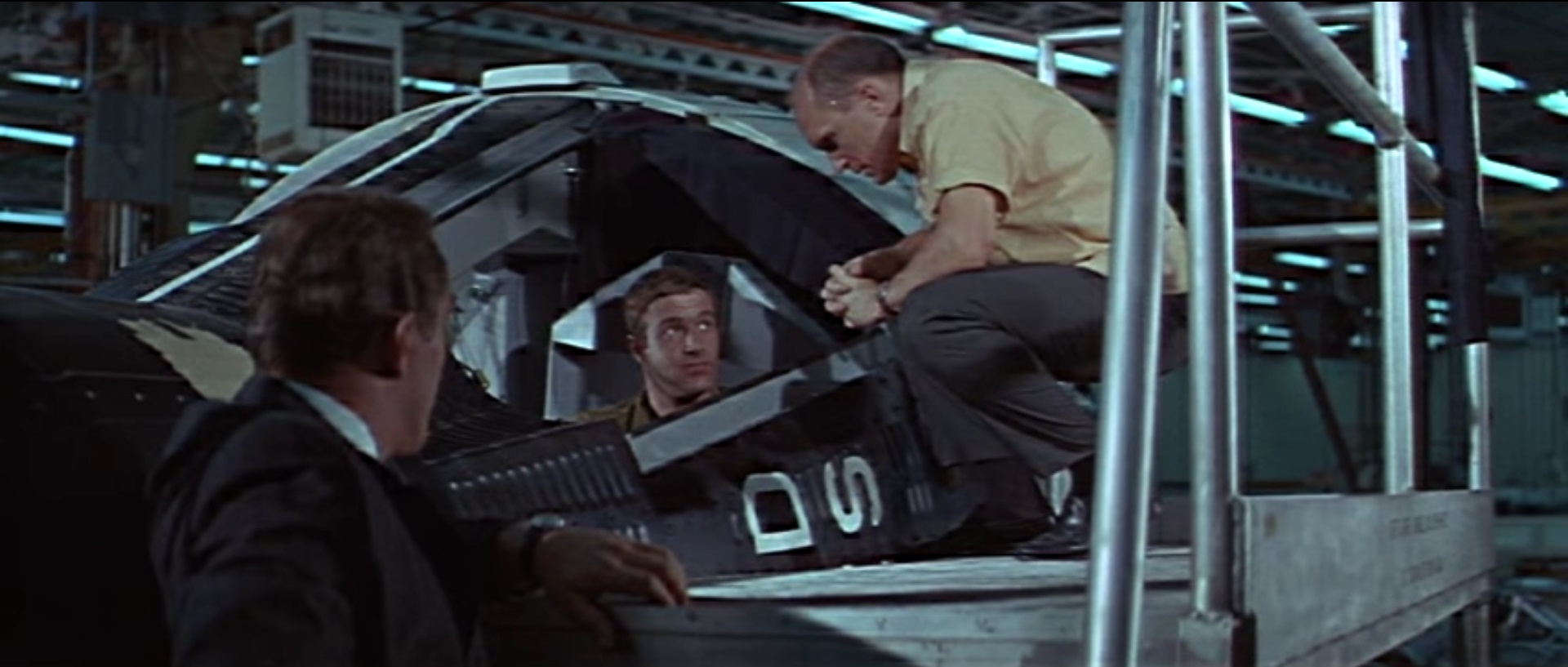
![[May 14, 1968] Bad Girls On Bikes (<i>The Hellcats</i>, <i>The Mini-Skirt Mob</i>, and <i>She-Devils On Wheels</i>)](https://galacticjourney.org/wp-content/uploads/2023/04/Untitled-2-672x372.jpg)
